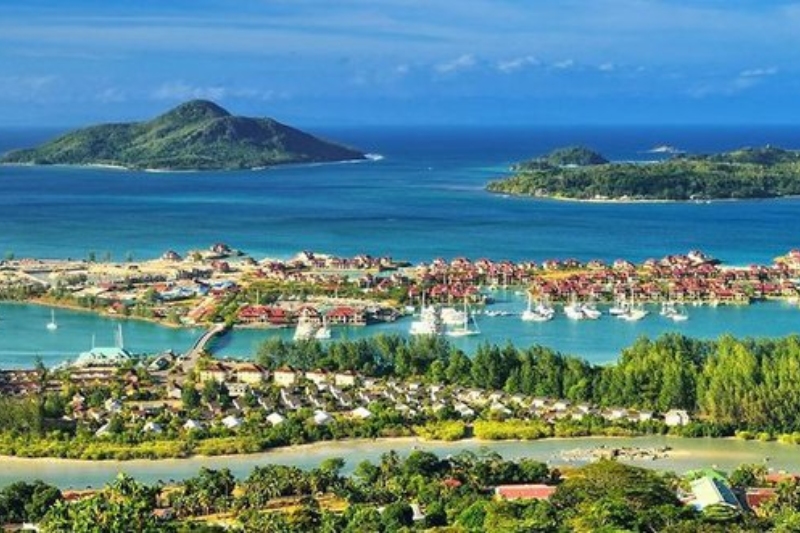Divided in two by the equator, most of Africa lies in the tropical region, creating a highly varied climatic and geographical landscape.
We noted in a previous article about Africa’s largest countries by landmass that Africa, the second largest continent on the planet, is home to 54 recognised countries, each contributing to the beauty of the continent’s size.
Although several African nations boast vast territories, others have comparatively smaller landmasses. Despite their size, these nations play distinct roles, contributing to Africa’s geographical diversity.
01. Seychelles :
First on our list are the Seychelles, an archipelago of 115 islands floating in the Indian Ocean. With a total area of just 459 square kilometres, it is Africa’s smallest nation.
A paradise for beach lovers and conservationists alike, the Seychelles boast some of the most pristine beaches and rare wildlife on the planet.
02. São Tomé and Príncipe:
Covering an area of 964 square kilometres, São Tomé and Príncipe is known as the ‘Chocolate Islands’ due to its rich and delicious cocoa production. This two-island nation offers lush rainforests and volcanic landscapes, making it the perfect getaway for nature lovers.
Keep Reading
03. Mauritius:
The island nation of Mauritius covers 2,040 square kilometres. It is a melting pot of cultures, offering a vibrant mix of African, Asian and European heritage. Its dazzling beaches, lagoons and reefs are just the icing on the cake.
04. The Comoros :
Extending over 2,235 square kilometres, the Comoros are known as the ‘scented islands’ because of their fragrant flora. Nestling between Madagascar and Mozambique, this archipelago boasts a rich history and breathtaking volcanic landscapes.
05. Cape Verde:
With an area of 4,033 square kilometres, Cape Verde is a group of 10 volcanic islands in the central Atlantic Ocean. It is famous for its Luso-African Creole culture, haunting music and breathtaking scenery.

